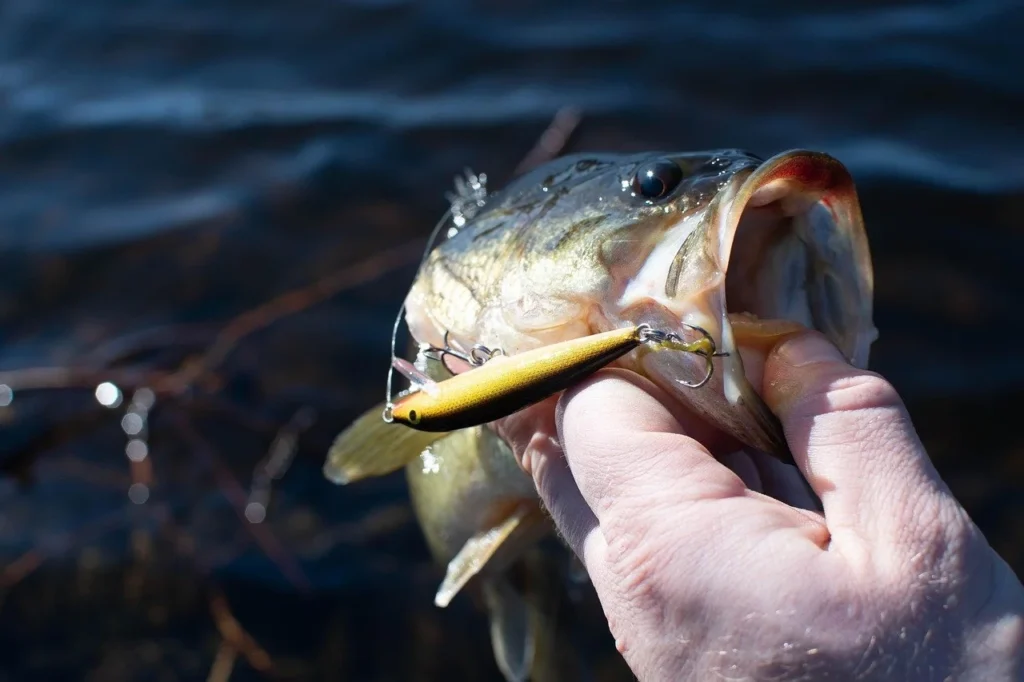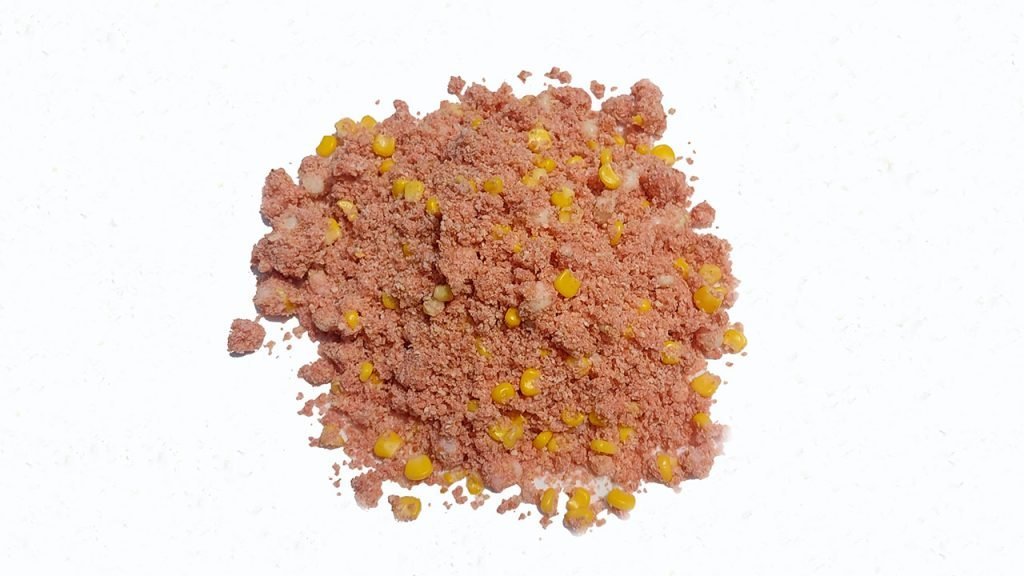How to Catch Bass in Summer

Bass fishing in the summer can feel like a totally different game compared to spring or fall. As the water warms up, bass behavior shifts — but if you adjust your strategy, you can still have some of the best fishing days of the year. Here’s how to catch bass in summer using proven techniques that match the heat, the time of day, and the bass’s natural patterns.
Time of Day: Timing is Everything
Early Morning:
At first light, bass move shallow to feed aggressively. Throw topwater lures like frogs, poppers, or walking baits across flats, weed lines, and shallow points. Morning is a golden window to catch bass in summer while the water is still cool. If you’re wondering how to catch bass in summer when the surface is calm, early morning topwater action is one of your best bets.
Midday:
As the sun rises, bass retreat to deeper, cooler water and become less active. Target underwater ledges, rock piles, brush piles, and drop-offs with slow-moving baits like jigs or Texas-rigged worms. If you want to catch bass in summer heat, this is the time to fish slow and deep.
Evening:
When temperatures cool again near sunset, bass become active in shallow water. Evening is a great time to throw spinnerbaits, chatterbaits, or topwater lures along the edges of grass and structure. Many anglers find that learning how to catch bass in summer evenings is a secret to landing bigger fish.
Night:
Fishing at night is one of the most underrated ways to catch bass in summer. Use big-profile baits like 10-inch worms or black spinnerbaits around docks, shallow flats, and riprap where bass cruise for prey. If you’re figuring out how to catch bass in summer during the toughest heat, night fishing can be a game-changer.
Color of Lures: Match the Conditions
Low Light (Morning/Evening/Night):
Use dark-colored lures like black, junebug, or dark blue that create strong silhouettes bass can easily see.
Bright Sun and Clear Water:
Natural, translucent colors like green pumpkin, watermelon, and shad are your best bet. Subtle colors work best when bass can inspect your lure closely.
Stained or Muddy Water:
In dirty water, bright colors like chartreuse, white, or bold reds make it easier for bass to find your bait.
Where to Cast

Shallow Cover (Morning/Evening):
During the cooler parts of the day — first light and dusk — bass often move into the shallows to actively hunt. Shallow cover provides bass with ambush points and protection from predators. Focus your casts along:
- Weed edges where bass can lurk just inside the grass waiting for passing prey
- Lily pad fields where bass hide underneath the pads to ambush insects, frogs, and baitfish
- Shallow points that taper off into deeper water, creating natural feeding lanes
Use topwater lures, weightless plastics, or spinnerbaits to cover water quickly and trigger aggressive strikes. Cast beyond the cover and retrieve through or alongside it to keep your lure in the strike zone longer. These shallow zones are ideal for anyone learning how to catch bass in summer conditions where fish are more active.
Deep Structure (Midday):
As the sun rises and the surface water heats up, bass often retreat to deeper, cooler areas with better oxygen levels. Look for structures like:
As the sun rises and the surface water heats up, bass often retreat to deeper, cooler areas with better oxygen levels. Studies have shown that oxygen concentration has a direct impact on bass feeding behavior, especially in deeper zones with structure.
- Offshore humps and underwater hills where bass can suspend or rest
- Brush piles and sunken timber that provide both shade and ambush points
- Rock ledges and steep drop-offs where bass can quickly move between depths
- Sunken islands and points that intercept passing baitfish
Use electronics (fish finders) if you have them to find these key spots. Deep-diving crankbaits, Carolina rigs, football jigs, and drop shot rigs are perfect for reaching these bass-holding structures.
Shade:
Shade becomes critical during the hottest hours of the day when bass try to escape the intense sunlight.
Key shady spots include:
- Boat docks — especially floating docks with deep water underneath
- Overhanging trees that cast long shadows onto the water
- Thick vegetation mats like hydrilla or milfoil that block the sun’s rays
Skipping baits like wacky-rigged worms, weightless stick baits, or small jigs underneath these shaded areas can be incredibly effective. Focus on precision casting: the closer you place your lure into the dark, cool spots, the more likely you’ll pull a bass out from hiding.
Current:
In lakes, rivers, and reservoirs with moving water, bass naturally gravitate toward areas where they can feed with minimal effort. Productive current-related spots include:
- Current breaks like rocks, logs, or bridge pilings that create slack water where bass can ambush prey
- Eddies behind obstructions where baitfish get trapped
- Seams where fast-moving water meets slower water
Cast upstream and let your bait drift naturally into these ambush zones. Spinnerbaits, crankbaits, and soft plastic swimbaits work great in moving water. Bass position themselves facing into the current, so presenting your bait coming “downstream” looks more natural and will trigger more strikes. Learning how to catch bass means to learn how to work your bait in the current, put in the work and you’ll be catching bass soon!
Different Casting Techniques for Summer Bass Lures
Topwater Frogs:
Technique: Walk the frog across lily pads and heavy vegetation. Pause often to trigger reaction bites.
Tip: Let the frog sit motionless after a cast — often, the strike happens before you even twitch it!
Texas-Rigged Worms:
Technique: Drag or hop the worm slowly across the bottom near deep structure.
Tip: Watch your line closely — summer bass often bite soft plastics very subtly.
Deep-Diving Crankbaits:
Technique: Cast long, retrieve steadily, and bounce off bottom cover to trigger reaction strikes.
Tip: Use stop-and-go retrieves to mimic injured baitfish.
Spinnerbaits:
Technique: Retrieve along weed edges or through submerged grass.
Tip: A trailer hook can improve your hookup ratio, especially when bass are short-striking.
Drop Shot Rigs:
Technique: Drop vertically into deep schools of bass and gently twitch your bait in place.
Tip: Perfect for pressured lakes where finesse presentations shine.
Final Thoughts: Mastering How to Catch Bass in Summer
Learning how to catch bass in summer is all about adjusting your approach based on the heat, time of day, and where bass are hiding. Early and late, fish shallow with topwater lures. Midday, slow down and fish deep. Pay attention to lure color, water clarity, and shady spots where bass seek relief from the heat.
With a little flexibility — and the right techniques — you can hook some of the biggest bass of the year, even when temperatures soar.
Want some inspiration? Check out the Top 50 Largemouth Bass ever caught in Texas — many of these giants were landed during the heat of summer. Your next cast could be record-worthy, too.
Before you head out, check out our Fishing License page. It’s important to get one to avoid fines and you can learn about your state regulations too!
Stay cool, stay patient, and get ready to land your next summer giant!
💡Takeaways
- 📌Time of Day Matters:Bass behavior changes drastically throughout the day. Target shallow cover with topwater lures early and late, and fish deeper structure with slower baits during midday.
- 📌Use the Right Lure Colors:Match your lure color to lighting and water clarity. Use dark colors in low light, natural colors in clear water, and bright colors in muddy conditions.
- 📌Focus on Shaded and Deep Areas During Heat:When temperatures soar, bass seek shade and depth. Hit boat docks, overhangs, vegetation mats, and offshore ledges to find fish escaping the sun.
- 📌Current Attracts Summer Bass:Bass hold near current breaks, eddies, and seams where they can feed easily. Present lures upstream for a natural look and better strike chances.
- 📌Switch Techniques Based on Conditions:From walking frogs on the surface to dragging Texas-rigged worms deep, adapting your technique to the time and location will lead to more hookups.
- 📌
What bait is best for bass in summer?
The best bait for bass in summer depends on the time of day and water conditions. Early mornings and evenings call for topwater lures like frogs, poppers, and buzzbaits. During the heat of the day, soft plastics such as Texas-rigged worms, jigs, and drop shots work best in deeper water or shaded areas.
What is the 80/20 rule in bass fishing?
The 80/20 rule in bass fishing means that 80% of the bass are concentrated in just 20% of the water. Instead of fishing everywhere, focus on high-percentage areas like structure, cover, points, and drop-offs where bass are most likely to hold.
What’s the best bait for bass in the summer?
Topwater lures shine early and late in the day, while slow-moving baits like jigs, worms, and deep-diving crankbaits are ideal for midday. Choose your bait based on depth, water clarity, and bass activity to maximize your summer success.
Are bass shallow or deep in summer?
Bass can be both shallow and deep in summer, depending on the time of day. In the early morning and evening, they often move into shallow cover to feed. During midday heat, they retreat to deeper, cooler water or hide in heavy shade.
How to catch bass when it’s really hot?
When it’s really hot, target deeper structure like ledges, rock piles, and brush with slow-moving baits. You can also fish shaded areas like docks and thick vegetation. Slow your presentation, and fish early, late, or even at night for better results.
What temperature do bass stop biting?
Bass don’t have a hard stop temperature, but activity slows significantly in surface temps above 85–90°F. They often become lethargic during the hottest part of the day, which is why timing, depth, and presentation matter most in extreme heat.
How hot is too hot for bass fishing?
Once water temps push above 90°F, bass become sluggish and harder to catch during the day. However, fishing early in the morning, late in the evening, or at night can still be very productive. Fish deeper and look for oxygen-rich areas with current or shade.
What month do bass bite the most?
Bass typically bite the most during late spring through early summer (May to early July), when they are post-spawn and actively feeding. However, with the right tactics, you can still catch bass consistently through the hotter months of July and August.


